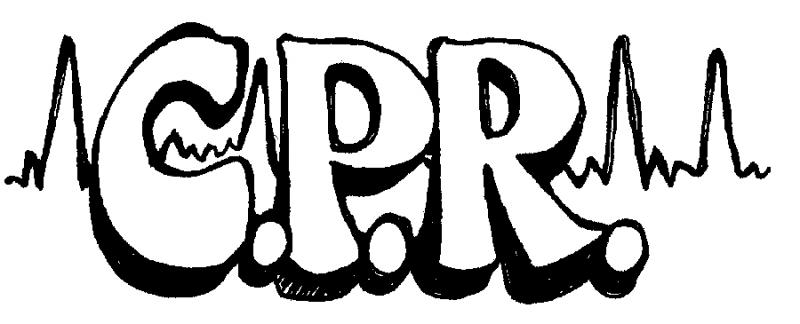Many companies have a values statement on the wall. But ask any employee, or even top managers, what their values are and, yes, some can rattle them off. But then go further and ask this question: How would I know it if I see it? Then you probably will get a blank stare of some mumble jumble answer.
CPR to the Rescue
1. Create
Organizations often tout their values – accountability, innovation, integrity, quality, respect, teamwork – but when is the last time you asked if these values have been defined in behavioral terms? Does the company know what ârespect âlooks like, feels like or smells like?
In a leadership program for a growing hospitality company, each module of the training included an exercise called “Values in Action”. Here’s an example. Your customers would see and know “integrity” because you would:
- Admit mistakes â donât blame others, take responsibility to solve the problem.
- Do what you say you were going to do â and if you canât, say so.
- Lead by example in both personal and business conduct.
2. Practice
This involves actually doing what you say you value. A critical part of strong leadership is the degree to which what you profess and what you do are in alignment. Hereâs an exercise.
- Pick one value you want to practice. Donât be an over-achiever and try to accomplish more. Start small and then build.
- Ask how can I demonstrate this value this week? For example, if itâs “respect”, then who are the folks I want to show respect to and how will I do it? It could be as simple as not interrupting Mary when she gets long winded.
- Assess the end of the week what specific things you did to exemplify this particular value? What might have been opportunities you missed? For example, when Joe came in to my office and saidâ¦. I could have said this…..
3. Reinforce
The reinforcement part requires even more effort. It involves specific and deliberate application of affirmation, encouragement and reward for positive behavior. This can be done through feedback when you see an employee treating a customer with respect; or it could be part of the annual performance appraisal; or it could be done by storytelling â a powerful way to communicate what we value and how we behave around here.
The $125,000 Thank You
All companies go through tough times but it’s the way they handle it that makes a difference. Armstrong International put a wage freeze into effect to get through what looked like a very difficult year. Right from the start, management was up front with employees talking about how they plan to handle this challenge.
However, the year turned out much better than projected. So to celebrate, everyone was asked to attend a meeting where David Armstrong, the CEO, was standing behind a large table covered by a white sheet. He explained that since the company was doing much better, he wanted to share its good fortune.
He then lifted the sheet and everyone saw, to their amazement, a table covered with $10 bills; some 12,500 of them – stacked two feet high. One by one, each employee came up and was told, “Thank you for your understanding and commitment to Armstrongâ and walked away with forty crisp, new $10 bills.
This story has been told over and over again by employees and by the media because it demonstrated and reinforced the key values of the company; Honesty – Fairness – Respect – Trust – Loyalty – Dignity – Hard Work.
Smart Moves Tip:
Values are important. They describe how you relate to your staff, customers, investors and suppliers. Numbers tell you how much there is of something, not if it is right. Values tell you whether something youâre doing is right or wrong. What are your values and how do you put them into action?
Marcia Zidle, the smart moves executive coach and speaker, is host of The Business Edge on the VoiceAmerica Business Network. The show features the Smart Growth System providing small to medium sized businesses the proper foundation for expansion: a Growth Agenda that becomes their roadmap, a Growth Engine that attracts and engages the best talent and Growth Leaders that make it happen. Marcia, the CEO of Leaders At All Levels, brings street smarts to help businesses get on the right track and not get sidetracked on their path to higher performance and profitability.





